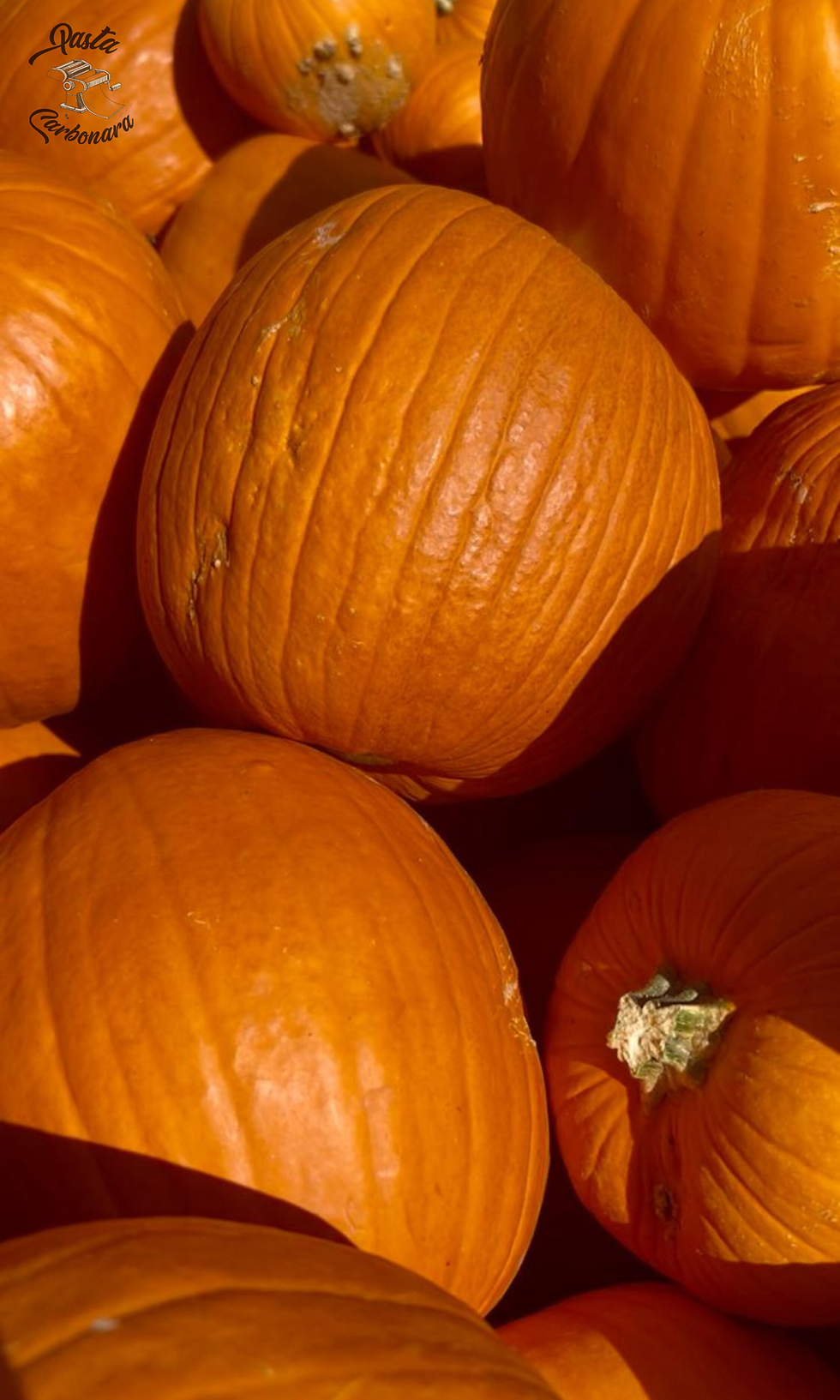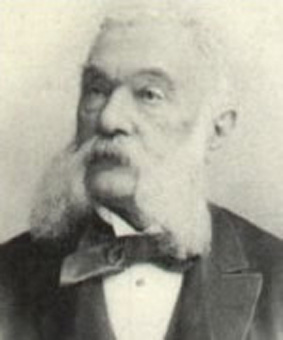The true story of Carbonara: myth, tradition, and regional varieties
- Filio Cilli
- Aug 7
- 3 min read
Updated: Aug 27

Among the most beloved and debated dishes in Italian cuisine, spaghetti alla carbonara holds a place of honor. A symbol of Roman identity and a global comfort food icon (often distorted abroad with cream, onion, chicken, or even peas!), carbonara is a dish that is both simple and surrounded by mystery.
Who Invented Carbonara?
Despite its fame, carbonara is a relatively recent dish. It doesn’t appear in any Italian cookbook before 1944. The first written mentions come shortly after World War II, and that historical moment may hold the key to its creation.
American Theory
One of the most supported theories is that carbonara was born from the encounter between Roman cuisine and American military rations. U.S. soldiers carried powdered eggs and bacon, which local Italian cooks creatively combined with pasta.
This fusion likely happened in or around Rome in 1944, giving birth to a dish made with pasta, eggs, cured pork, and cheese.
The Charcoal Burner Theory
Another legend connects the dish to charcoal burners - carbonai- in the Apennine Mountains, who made hearty meals from easily preserved ingredients. While less documented, it adds a rustic charm to the carbonara’s origin.
The Publication of the First Recipe

The first time the name Spaghetti alla Carbonara appeared was in the Italian newspaper "La Stampa" on July 26, 1950, in an article describing a Roman restaurant that served the dish to American officers who had arrived in Trastevere during the war years. The first written recipe, however, did not originate in Italy but in the United States: in 1952 it was published in the gastronomic guide Vittles and vice: An extraordinary guide to what’s cooking on Chicago’s Near North Side, which featured a version with bacon, Parmesan, and eggs served at Armando’s restaurant. It wasn’t until 1954 that the recipe was published in Italy: in August of that year, the magazine La Cucina Italiana presented a variation with spaghetti, bacon, Gruyère, and garlic — showing that carbonara was still searching for its definitive identity before becoming the iconic dish we know today.

The Authentic Ingredients
A true carbonara consists of just five ingredients:
Pasta (typically spaghetti, but also rigatoni or mezze maniche)
Guanciale (cured pork jowl — not pancetta)
Egg yolks (purists use yolks only)
Pecorino Romano DOP
Freshly ground black pepper
There is no cream, onion, garlic, or butter. The heat of the pasta cooks the egg and cheese mixture, creating a creamy texture without any added dairy.
Regional Traditions and regional varieties
Though seen as a Roman dish, carbonara has inspired regional twists across Italy.
Rome – The Carbonara Capital
In Rome, carbonara is sacred. Each trattoria serves its own version, with subtle variations: some use only yolks, others mix in a bit of Parmigiano, and many prefer rigatoni over spaghetti. Guanciale, crispy and flavorful, is always central.
Campania – Fusilli and Whole Eggs
In areas of Campania, locals use fresh fusilli pasta and whole eggs for a more rustic result. Sometimes they even add a touch of provolone.
Umbria – Local Cheese Substitution
Umbrian versions might swap out Pecorino Romano for softer, local pecorino cheeses, giving the dish a milder flavor.
Fun Facts About Carbonara
"Carbonara Day" is celebrated on April 6, launched by Italian pasta producers to honor the dish.
Most misunderstood abroad: In many countries, carbonara is made with cream, onions, garlic, or even vegetables. Italy fiercely defends its authentic version.
Guanciale vs Pancetta: Guanciale comes from the pig’s cheek and is fattier and more flavorful than pancetta, which comes from the belly.
Yolks or Whole Eggs?: Yolks make the sauce thicker and silkier but home cooks sometimes include the whites for convenience.
A Dish to Be Preserved
Carbonara is more than just a pasta dish — it’s a cultural identity, a symbol of post-war creativity and a culinary treasure. Its apparent simplicity hides a delicate balance of textures and flavors. Preserving its authenticity is essential, even while recognizing that cuisine evolves over time.
📚Bibliography
1. Boni, A. (1952). La Cucina Regionale Italiana. Milano: Editoriale Domus.
2. La Gatta, L. (2020). La Carbonara perfetta. Roma: Giunti Editore.
3. Petroni, P. (2016). Il Grande Libro della Cucina Italiana. Milano: Mondadori.
4. Cucchiarelli, L. (2021). The True History of Carbonara, Gambero Rosso Magazine.
5. Coldiretti & Unione Pastai Italiani (2022). Carbonara Day: Tradition and Innovation.
6. Buonassisi, V. (1983). Italian Cuisine: History, Culture, and Recipes. Milano: Rizzoli.
*Magazine La cucina italiana - August 1954 cover photo is from www.ricettestoriche.it




















Comments